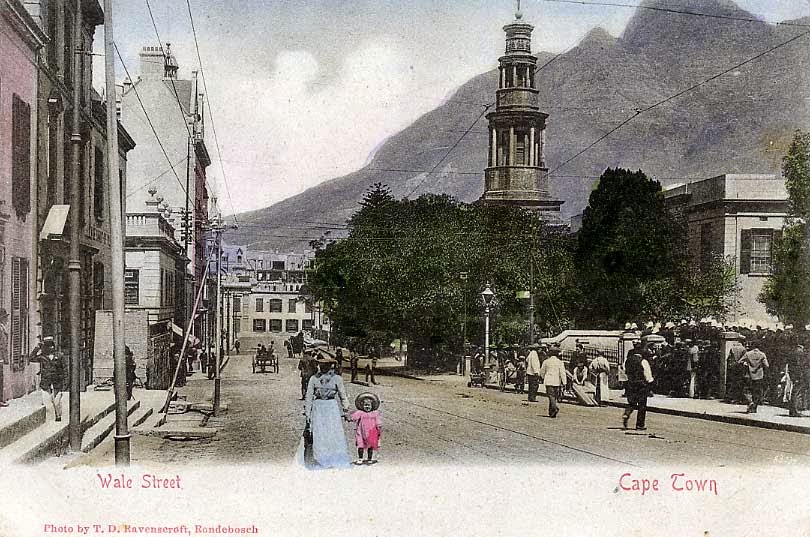On Saturday 7th June, 1913, two weeks before Ethel made
landfall in Adelaide 5 Charles Street
Further research turned up a letter to the Adelaide Register in July
1906, where the correspondent praised the influence of Mrs Moore and others
like her, in creating positive and intellectually nourishing environments for
the rising generation. She was then teaching at a school in Upper Sturt, a
suburb of south Adelaide Adelaide
Hospital
The domestic helpers’ hostel in Charles Street
The
interior architectural adornment of the place is in keeping with the pleasing
exterior view, so the house lends itself admirably to beautification. On many
of the door panels there are artistic hand-paintings. From the high balcony,
which faces Charles Street Mount
Lofty Ranges Australia
The Adelaide Daily Herald
article confirmed Bessie Moore’s bona
fides as a former State School headmistress, and that the hostel had been
at the Charles Street address for only seven or eight months:
Previous to this it had been
located at the Exhibition, [a complex of buildings erected in 1887 to
commemorate Queen Victoria’s Golden Jubilee] but it was decided to find a more
suitable place to carry on the work on a more comprehensive scale, and the
present building was rented by the Government for a period of three years, and
if this experiment is successful, it is probable that at the end of that term
the building will either be purchased or suitable premises erected to carry on
the work successfully.
Ethel had confided to her Journal that she was “leaving Home and Dear
Ones far behind, to commence life in a Strange Land
The home is a link in the
great chain of organisation of the immigration to Australia
And the above
extract seems to identify one of the mysterious contacts Ethel writes of in her
postcard correspondence to Minnie two years beforehand. From time to time other
accounts of the house in Charles
Street Adelaide
There is
a young lady, Miss Eaton, at the Immigration Home for Domestic Helpers in Charles Street , Norwood Adelaide Adelaide
Note from the
tone of this extract how the South Australians were looking for “industrious,
ladylike” girls to offer to their usually middle class clientele: they would
not have wanted women of doubtful morals in any way. Of course, the authorities
could not completely be sure of the girls’ backgrounds, but much care was taken
to cultivate and maintain a respectable ambience, so that prospective employers
could comfort themselves they were allowing ‘proper’ young ladies into their
households.
We work under splendid conditions, I think
because everyone is only too pleased to do everything possible to make our
attempts a success. We have a strong committee of ladies, representing every
religious denomination, with Mrs. Nutter Thomas as president, [Staffordshire-born
wife of the Bishop of Adelaide] and on the first evening of arrival they come
in to see the girls and find out which church they attend, and so forth. Then
when the girls find situations they find her church and write to the ministers,
and perhaps put her in the care of other church friends, and so give her an
atmosphere of friendliness and welcome in her new sphere. Every Tuesday evening
Miss Boyer, B.A., gives us a talk on literature and books, on Wednesday we have
a dressmaking class, and on Fridays a musical evening. [Adelaide
Curiously, the
article from which this last extract is taken, Our Adelaide
One very sensible thing I was quite glad to
hear about – the girls are allowed and encouraged to bring friends of the
opposite sex to spend afternoons or evenings at the home. They gladly avail
themselves of this privilege, and spend the evening playing games or chatting
over the fire. There is little need to enlarge on the value of this.
This would seem
to have been designed to stop the girls from venturing out alone of an evening,
and to cater for the natural urges of young people far away from familial
influence. Even more curious, however, is the conclusion of the article which
sees the worthy Mrs Moore confiding to the interviewer that she was:
a student of many occult sciences, deeply
interested in the great questions of the day, which no open mind can afford to
leave undiscussed with its fellows. As we turned over magazines and books
concerned with psychic matters and talked of experiences that transcend the common
daily round, we drifted far away from the solution of the domestic problem.
Perhaps those
sentiments merely reflected nothing more sinister than the turn-of-the-century
fascination in western society with spiritualism. The movement appealed to women, and to those who supported
specific causes such as suffrage. But well-known figures, such as the author
Sir Arthur Conan Doyle, had also taken it up to console themselves in
bereavement. There was another surge in the popularity of spiritualism during
and after the approaching World War, of course. Anyhow, from these
accounts we can be fairly certain that Ethel met Mrs Bessie Moore, was welcomed
and advised by her, and was sent out to her first position.







